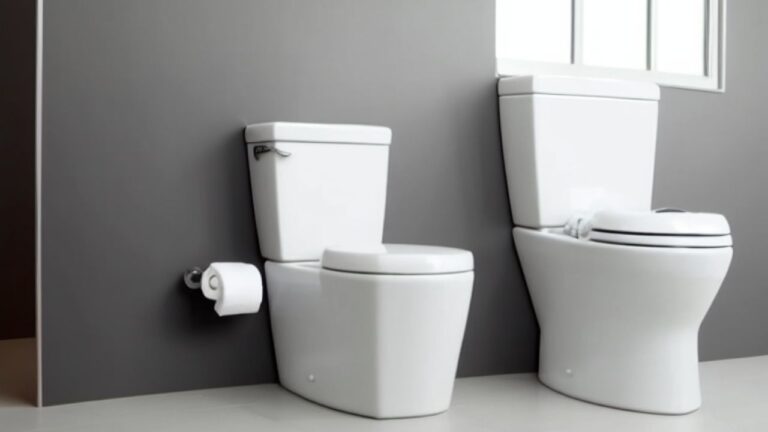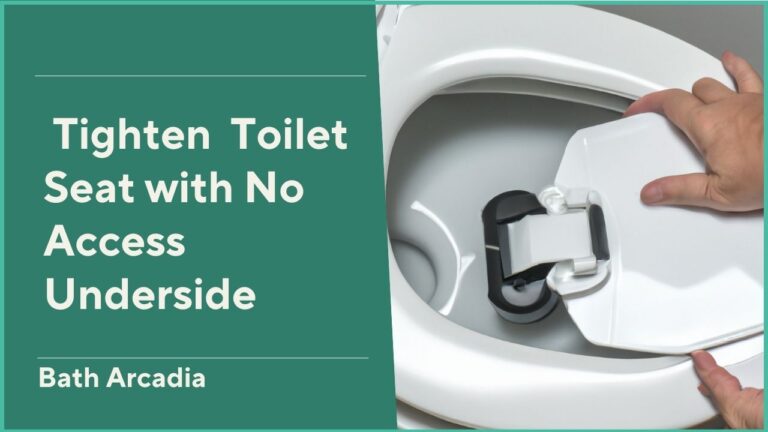When it comes to the layout and design of a home, there are numerous considerations to be made, and one often overlooked aspect is the necessity of proper toilet ventilation. Have you ever wondered why toilets need to be vented? This comprehensive guide will delve into the importance of toilet venting, its reasons, how to vent it correctly, potential problems that may arise if you neglect this crucial element and much more. So, let’s embark on this journey to understand the ins and outs of toilet ventilation.
Proper toilet venting is an essential but often underestimated aspect of residential plumbing. It plays a critical role in maintaining a healthy and functional bathroom environment.This article will delve into the reasons why toilets require venting, the techniques for ensuring proper ventilation, and the potential repercussions of disregarding this essential element.
Key Takeaways
Before we dive into the specifics of toilet venting, let’s outline the key takeaways from this article:
- Venting toilets is necessary to prevent sewer gases from entering your home and to ensure the proper functioning of the plumbing system.
- Vent pipes are the primary mechanism for toilet ventilation, allowing air to circulate and maintaining neutral air pressure in the plumbing system.
- Proper toilet venting is essential for adhering to building codes and ensuring the safety and comfort of your household.
- Neglecting toilet venting can lead to clogged or broken vent pipes, resulting in poor toilet performance, foul odors, and potential structural damage.
Now, let’s explore these aspects in more detail.
Why Do Toilets Need to Be Vented?
The Flushing Process
When you flush a toilet, two crucial events occur simultaneously:
- Waste and water are pushed down the drain: This represents the apparent aspect of flushing, where the toilet bowl’s contents empty into the sewer or septic system.
- Air is drawn into the plumbing system: Air needs to be drawn into the plumbing system to replace the volume of water and waste leaving the toilet. This prevents a vacuum from forming, which could impede water flow and lead to various issues.
The Role of Vent Pipes
Vent pipes are the unsung heroes of your plumbing system. They serve several vital functions:
- Allow Sewer Gases to Escape: One of their primary roles is providing an escape route for sewer gases accumulating in the sewer or septic system. These gases could enter your home without vent pipes, leading to foul odors and potential health hazards.
- Maintain Neutral Air Pressure: Vent pipes ensure that air circulates freely in your plumbing system, maintaining neutral air pressure. This prevents issues such as slow drains and gurgling pipes.
How to Vent a Toilet
Properly venting a toilet is a fundamental aspect of plumbing, and it’s essential to follow building codes and guidelines to ensure safety and functionality. Here’s how you can vent a toilet:
Different Toilet Venting Options
There are various methods for venting a toilet, including:
- Individual Vent Stack: Each toilet can have its dedicated vent stack that extends through the roof.
- Shared Vent Stack: Multiple toilets in close proximity can share a common vent stack.
- Air Admittance Valves (AAVs): AAVs are mechanical devices that allow air into the plumbing system when needed. They are a space-saving alternative to traditional vent stacks.
Following Building Codes
It’s crucial to consult your local building codes and regulations when venting a toilet. Compliance with these codes ensures the safety and functionality of your plumbing system.
Venting Without a Vent Pipe
Sometimes, you may need to vent a toilet without a traditional vent pipe due to space constraints or other limitations. Various solutions, such as AAVs or reconfiguring existing plumbing, can help you achieve proper ventilation even in challenging situations.
Potential Problems with Toilet Venting
While proper toilet venting is essential, neglecting it can lead to several issues:
Clogged or Broken Vent Pipes
Over time, vent pipes can become clogged with debris or damaged, preventing them from performing their essential functions. This can result in:
- Foul Odors: Sewer gases may escape your home, causing unpleasant smells.
- Poor Toilet Performance: Flushing problems and slow drains are common issues.
- Structural Damage: Blockage or damage to vent pipes can result in water damage and structural issues in your home.
The Importance of Regular Maintenance
To prevent these problems, performing regular maintenance and inspection of your plumbing system, including vent pipes is crucial. Addressing issues promptly can save you from costly repairs and maintain a healthy living environment.
Conclusion
In conclusion, proper toilet venting is not just a matter of convenience but a critical aspect of maintaining a functional and healthy plumbing system. Homeowners must comprehend the importance of toilet venting, how vent pipes function, and the potential issues that can result from overlooking this aspect.
Following building codes and performing regular maintenance, you can ensure your bathroom remains comfortable and odor-free.
FAQs
Improper toilet venting can lead to foul odors, slow drains, and potential health hazards.
Yes, alternatives like Air Admittance Valves (AAVs) are possible in certain situations.
Yes, it is necessary to follow local building codes to ensure the proper venting of toilets.
We recommend conducting regular inspections to prevent clogs and damage.
Signs include foul odors, gurgling sounds, and slow drainage.


